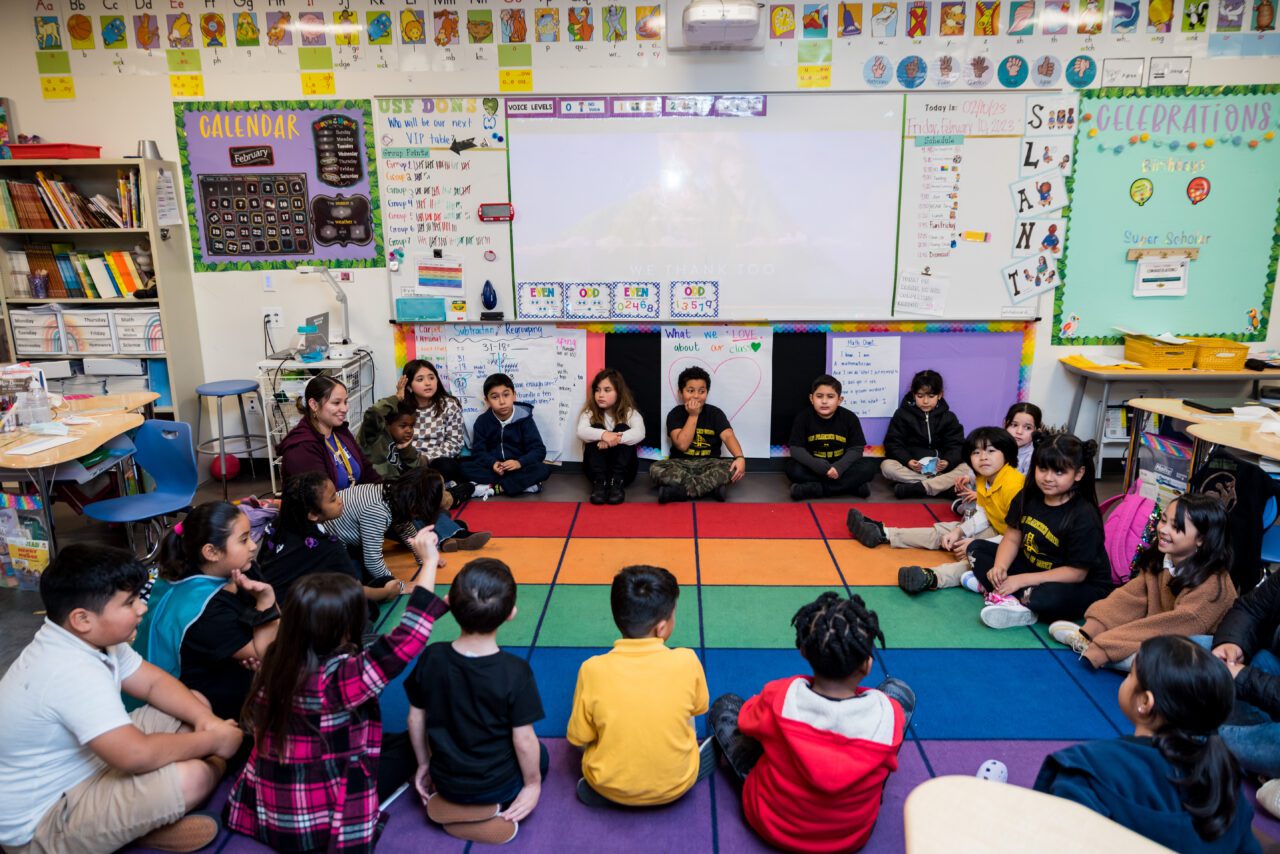
How our schools can address California’s youth mental health crisis — now
Original EdSource article found here.
COMMENTARY
By CORA PALMA, Aspire Public Schools, Director of Mental Health Services
APRIL 13, 2023
Those of us who work in schools don’t need statistics to tell us that our children are in crisis; the research corroborates our lived experience. Since 2017, rates of anxiety and depression among California’s children have shot up by 70% and one-third of California adolescents experienced serious psychological distress between 2019 and 2021, including a 20% increase in adolescent suicides. The COVID-19 pandemic impacted all communities, but it exacerbated the trauma that already existed in communities of color and under-resourced communities.
To his credit, Gov. Gavin Newsom has responded to this crisis by launching the Children and Youth Behavioral Health Initiative, a $4.4 billion investment in the systems that support behavioral health for California’s children. Our state also increased its investment in the Community Schools Partnership Program, a school improvement strategy focused on partnering with the community to serve the “whole child.” I applaud both of these efforts to create better behavioral health systems for the future, but they fail to meet the immediate crisis-level needs of students today.
If the Children and Youth Behavioral Health Initiative includes resources to build the capacity of schools — where children spend the majority of their waking hours — our schools have yet to see them, and there are several barriers to obtaining support through the Community Schools Partnership Program. The application process can take up to two years, and eligibility depends on the percentage of the school population that is eligible for free and reduced lunch, are English language learners, or are in foster care. Furthermore, many schools lack the capacity to write and submit the application because of the very reason they need this program — school resources are spread too thin as they deal with unprecedented levels of student crises.
We must address the problems we see today with immediate resources to support the mental health needs of our students, alongside longer-term investments in future systems.
With these additional resources, schools can increase their capacity to support all students’ mental wellness and focus on preventive strategies, in addition to crisis intervention. Schools can prevent an escalation of mental health challenges by meeting the most basic needs of children, including the need for belonging, connectedness, and by developing healthy coping skills that lead to better overall health. These supports create a school culture where students develop prosocial skills, make meaningful connections with trusted adults and learn to care for their own well-being. They also make schools safer.
School programming should include an evidence-based social-emotional learning curriculum, like RULER, a systemic approach developed at the Yale Center for Emotional Intelligence, which has been implemented at several Aspire schools and others across California. Parent engagement with the school can also make a meaningful difference in students’ well-being and overall school success. Regular parent workshops on topics such as bullying awareness, suicide prevention and fostering resilience can build parents’ and guardians’ capacity to support their child’s mental wellness.
Given the heavy load that educators are carrying, we also must provide more robust training for those who are in classrooms every day. We must support teachers in interpreting behaviors that may be an indicator of a mental health need by understanding risk factors using a trauma-informed lens. Educators should know how to help prevent crises, how to respond when a crisis happens, how to manage the challenging behaviors that may result from students’ experience with trauma, and know when to seek additional help.
We know these interventions are effective, and with the ongoing shortage of mental health counselors, they can be implemented with non-clinical staff. But most public schools — especially those that serve students from under-resourced communities — need additional staff and training to implement them well.
A petition by Aspire Public Schools for more mental health resources in schools can be found here.
That’s why we’re calling on policymakers to identify immediate and dedicated resources for schools to support students’ mental health, and why we’re supporting AB 1479. Sponsored by Assemblymember Eduardo Garcia, D-Coachella, this bill would establish a program and funding for schools to develop additional Tier 1 student supports — evidence-based programs that support all students in developing the knowledge, skills and behaviors that lead to positive mental health outcomes. We are eager to work with any lawmaker who is committed to the long-term well-being of our children while appreciating the magnitude and urgency of this problem today.
When schools have the resources to address students’ mental health needs, students will learn more, be more connected to their school community, and feel safer and more supported. Schools shouldn’t be forced to choose between their students’ well-being and safety, and the resources needed for learning. Our children are in crisis and cannot wait.
•••
Cora Palma, Ph.D., is the director of mental health services at Aspire Public Schools, a network of public charter schools.
The opinions expressed in this commentary represent those of the author. EdSource welcomes commentaries representing diverse points of view. If you would like to submit a commentary, please review our guidelines and contact us.
To get more reports like this one, click here to sign up for EdSource’s no-cost daily email on latest developments in education.